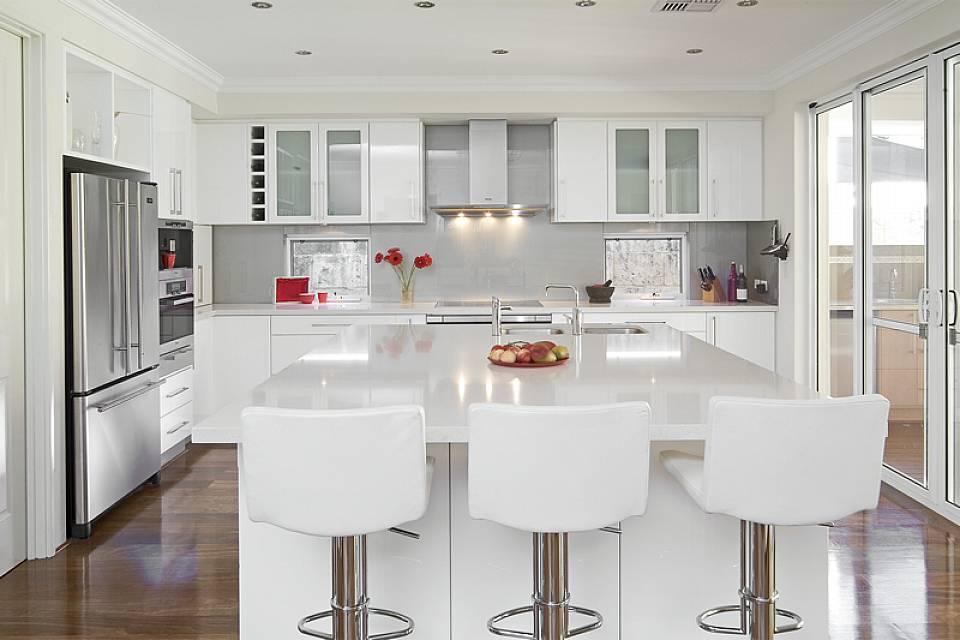Marble or Travertine: What You Need to Know for Your Denver Installation
February 11, 2016

Nothing adds beauty and grandeur to a living space like natural stone accents. The rich textures of stone are earthy and sophisticated. If you are thinking of adding or replacing tile or countertops in your home, you’ve probably seen several selections of both marble and
travertine while shopping. Sometimes marketers use the terms interchangeably and many think that travertine is just a fancy word for marble, but there are some differences.
Both Marble and Travertine are Limestone - It is true that both marble and travertine are both natural stones and are types of limestones. Both are formed through heat and pressure within the earth, but marble is primarily calcite or dolomite crystals initially. Marble is then pressed into a smooth, refined stone while travertine is found in hot springs and caves where water dissolves parts of it, leaving it quite porous. This accounts for its lighter weight.
Elegance of Marble and Travertine - Both of these stones are truly elegant and can add an air of sophistication to any living space. Marble comes in a variety of colors including black and grey or even more exotic pink, blue, or green shades. Marble has a very distinct grain pattern and each tile and slab will be unique. It’s texture is smooth and it is often polished to a high gloss finish that might even glitter when it catches the light just right.
Travertine, while still elegant, can have a little more earthy or rustic look to it. It is often somewhat porous with a more natural texture than marble. It is finished in a variety of ways from highly polished to brushed or tumbled. This stone also comes in a rich variety of warm hues including ivory, gold, rich browns and even slightly ruddy. As each piece of travertine is very distinctive it is often laid in a more organic pattern and is rarely uniform.
Variety of Use - Both marble and travertine are suitable for a variety of indoor and outdoor applications. The elegant look of marble is ideal for kitchens and bathrooms or even to add a chic sophistication to an entry way. It is also very durable and can be used as flooring in high traffic areas even when there are little ones or pets in the home. Keep in mind that sealant must be reapplied at least once a year to keep it looking its best and free from scratches. Marble can also be damaged from acidic chemical cleaners so it is important to use only mild cleansers and difficult stains can be removed using natural poultices. Marble can be used outdoors in milder climates but it has a relatively high water absorption rate which would not be suitable for Denver’s colder, harsher climate in winter.
Travertine can be used in kitchens and baths as well, and is especially well suited to entryways or outdoor walkways. The natural porous texture of travertine provides more of a non-slip surface, even when polished. Travertine is more adaptable to outdoor applications and absorbs less heat than slate which would be advantageous in warmer climates. Travertine should be resealed annually and generally be cleaned with a dry dust mop and washed with a pH neutral cleanser and water as needed.
At Natural Stone Sales, we can help guide you to the proper material for your specific project based upon environment, use, and desired ambiance. Whether you choose travertine or marble for your project, the natural stones surely add to the beauty and functionality of your living or business space. We have a wide variety of both
marble and
travertine to enhance your custom style; for inspiration, please look at our finished project
portfolio.
Contact us today or stop by our showroom, and our expert staff will be more than happy to answer any questions that you may have.
Go Back